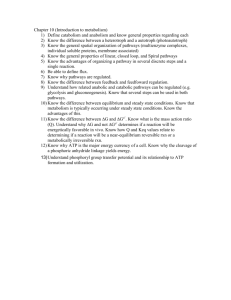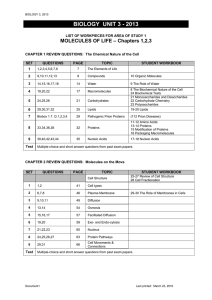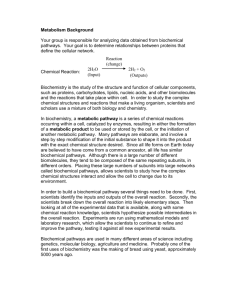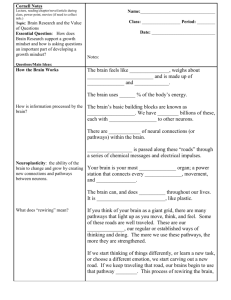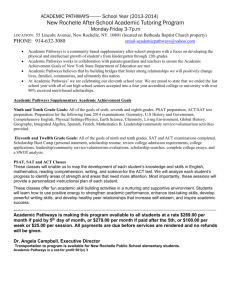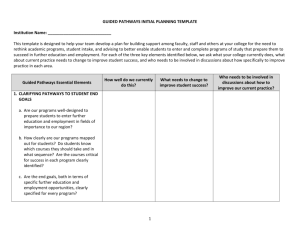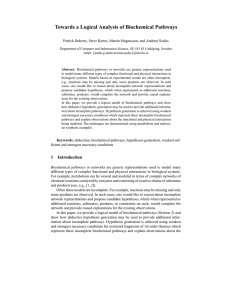2006
advertisement
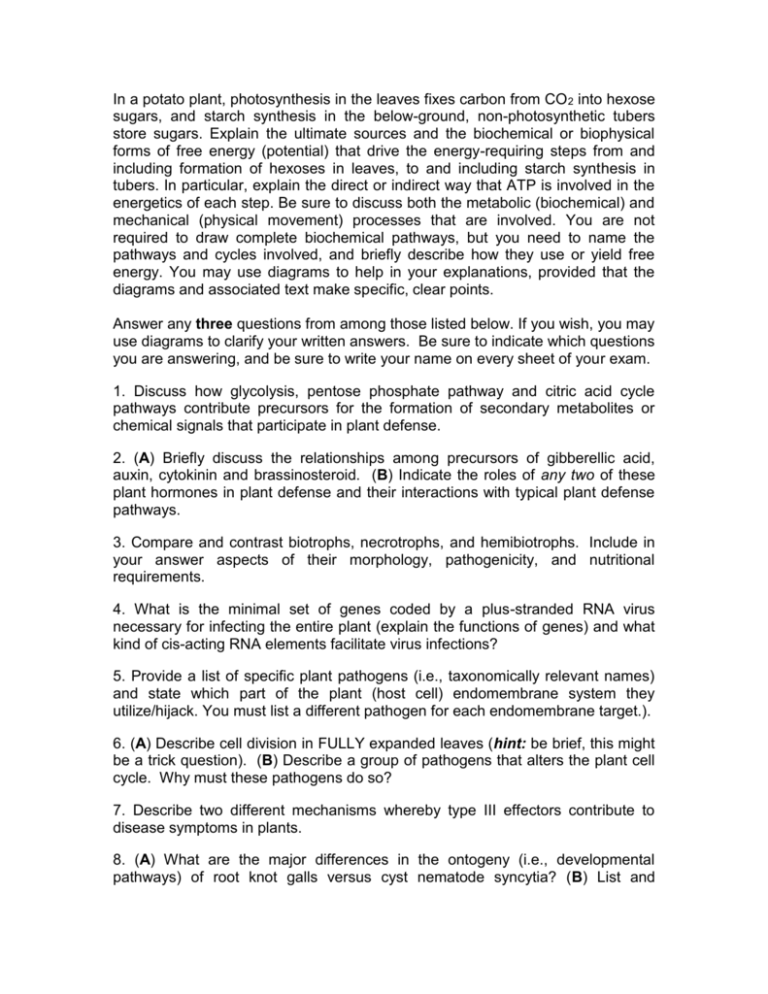
In a potato plant, photosynthesis in the leaves fixes carbon from CO 2 into hexose sugars, and starch synthesis in the below-ground, non-photosynthetic tubers store sugars. Explain the ultimate sources and the biochemical or biophysical forms of free energy (potential) that drive the energy-requiring steps from and including formation of hexoses in leaves, to and including starch synthesis in tubers. In particular, explain the direct or indirect way that ATP is involved in the energetics of each step. Be sure to discuss both the metabolic (biochemical) and mechanical (physical movement) processes that are involved. You are not required to draw complete biochemical pathways, but you need to name the pathways and cycles involved, and briefly describe how they use or yield free energy. You may use diagrams to help in your explanations, provided that the diagrams and associated text make specific, clear points. Answer any three questions from among those listed below. If you wish, you may use diagrams to clarify your written answers. Be sure to indicate which questions you are answering, and be sure to write your name on every sheet of your exam. 1. Discuss how glycolysis, pentose phosphate pathway and citric acid cycle pathways contribute precursors for the formation of secondary metabolites or chemical signals that participate in plant defense. 2. (A) Briefly discuss the relationships among precursors of gibberellic acid, auxin, cytokinin and brassinosteroid. (B) Indicate the roles of any two of these plant hormones in plant defense and their interactions with typical plant defense pathways. 3. Compare and contrast biotrophs, necrotrophs, and hemibiotrophs. Include in your answer aspects of their morphology, pathogenicity, and nutritional requirements. 4. What is the minimal set of genes coded by a plus-stranded RNA virus necessary for infecting the entire plant (explain the functions of genes) and what kind of cis-acting RNA elements facilitate virus infections? 5. Provide a list of specific plant pathogens (i.e., taxonomically relevant names) and state which part of the plant (host cell) endomembrane system they utilize/hijack. You must list a different pathogen for each endomembrane target.). 6. (A) Describe cell division in FULLY expanded leaves (hint: be brief, this might be a trick question). (B) Describe a group of pathogens that alters the plant cell cycle. Why must these pathogens do so? 7. Describe two different mechanisms whereby type III effectors contribute to disease symptoms in plants. 8. (A) What are the major differences in the ontogeny (i.e., developmental pathways) of root knot galls versus cyst nematode syncytia? (B) List and describe the three main types of experiments that have been performed to address the role of auxin in syncytium/gall development?
